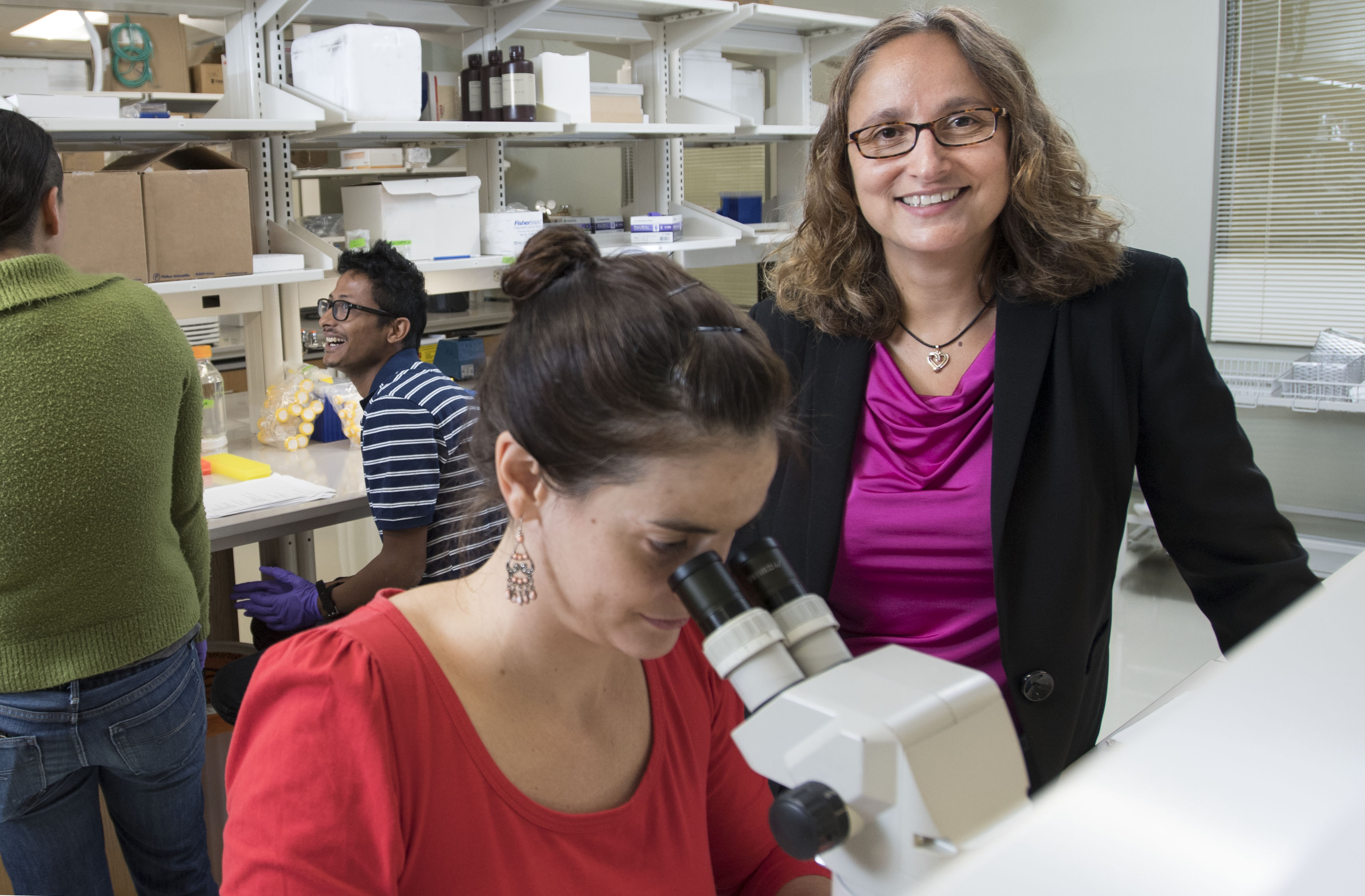Processed pennycress seed oil can be used as aviation fuel
University of North Texas College of Science associate professor Ana Alonso is leading a research project to study a unique type of seed oil produced by the pennycress plant. This research is supported by the Department of Energy Office of Biological and Environmental Research.
“What I am trying to do is optimize the amount of seed oil produced per plant. This can be done using traditional cross breeding methods and/or bioengineering,” said Alonso, a faculty member in the BioDiscovery Institute and the Department of Biological Sciences.
Alonso is planning to increase the seed oil yield because, when properly processed, the common pennycress can produce 100 gallons of oil per acre. This oil can be further processed into aviation fuel.
“The main variety of pennycress found in the United States produces around 30 percent seed oil. But, we have found some varieties that can produce upwards of 42 percent,” she said. “Pennycress has more upsides than just oil, though. It suppresses weed growth, mitigates soil erosion and maintains nutrients in the soil.”
Many farmers do not grow crops in the winter. As such, any fertilizer still in the soil can get washed out and end up in natural bodies of water. This can cause algal blooms, a rapid increase of algae producing natural toxins that are harmful to underwater life and can negatively affect a whole ecosystem.
Growing pennycress will one day provide farmers with a biodiesel money crop in winter fields that are normallly empty and help reduce the amount of run off from fallow fields.





